Choosing A Diamond Blade
A diamond blade is a saw blade designed to cut through dense, abrasive materials like concrete and asphalt. The process of cutting abrasive materials is much different than cutting through wood because the blade gets extremely hot due to friction. Not all are the same, but choosing the best for each job can be challenging. Let’s look at the cutting process, speed, and cutting methods to understand how to select the best diamond blade for your project.
Cutting Processes
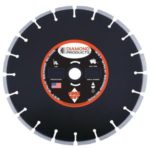
They’re called a blade, but diamond blades don’t cut; they grind. Cutting with a one differs slightly from cutting wood or another soft material with a regular saw. Diamond blades scratch out particles of hard, dense materials instead of cutting straight through them. This process eventually cracks the tiny diamond particles embedded in the blade and renders the blade practically useless.
Cutting Speeds
Speed plays a big part in the life expectancy of a diamond blade. A saw operator who cuts slowly will extend the blade’s life; a saw operator who cuts faster will go through blades more quickly. There is a direct correlation between cutting speed and the blade’s life. Each project is different, so each contractor has different needs for diamond blades. Contractors with significant projects often choose blades designed to cut faster, so they understand frequent blade replacement will be an issue. This is an issue they’re willing to pay for because of the project’s scope.
Cutting Methods
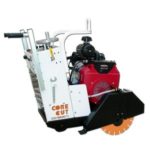
These tool accessories are generally used for two cutting methods, wet and dry. Cutting concrete and other abrasive materials is a messy business.
Dry Cutting: Concrete dust harms the saw operator’s lungs and drifts with the airflow, affecting other people. This is fine on a job site where everyone will wear masks, but that only applies to some job sites. Dry cutting also causes more friction to the blade. This requires more frequent stops for the blade to cool and more blade changes as they wear out relatively quickly.
For those who don’t know, wet cutting refers to the dust created from cutting. The friction on the blade is much less than with dry cutting. With less friction, the saw operator doesn’t have to stop quite as frequently to allow the blade to cool. Ultimately, they perform better when cutting wet.
When to Replace
Diamond blades take more damage than your average saw blade due to the type of materials they go through. You can generally look at a diamond blade and tell when it needs replacement. The diamond particles will be worn down and smooth. Here are a few more tell-tale signs to replace your old tool.
- Less Effective: A worn blade will cut much slower than it did when it was new. The diamond particles in the blade are the parts that do the work, so when they start to wear down, the cut will be much slower.
- Smooth Blade: We just mentioned this one, but it’s worth saying again. You can see the diamond particles if you look at a new blade. A worn blade won’t have the exact definition between metal and diamond.
- Glazed Blade: This is generally a sign that the blade has been used to cut something softer and less abrasive than the intended target. You may be able to bring the diamond particles back to life by cutting through an abrasive material but don’t bet on it.
- Worn Teeth: Sometimes, the metal teeth wear down and must be replaced. The diamond particles may still be usable, but the blade needs to be replaced if the teeth aren’t good.
How to Choose the Best Diamond Blade
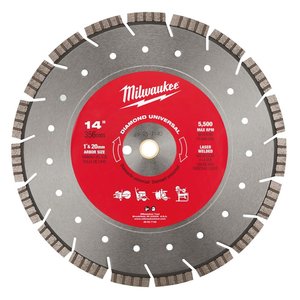
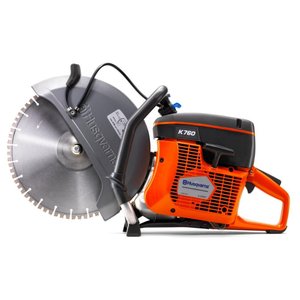
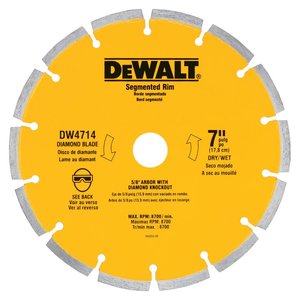
We’ve given you a good amount of information about how diamond blades work, the process by which they work, and the cutting methods used. Now it’s time for you to help you choose the best diamond blade for the job you’re doing. The performance of a diamond blade is measured in two ways – proficiency of the cut and total footage yielded by the blade. The more proficient the blade is with the cut material, the better. Likewise, the more footage the blade yields, the better. You need a blade that will power through the material you’re working with while lasting long enough to make it worth the cost.

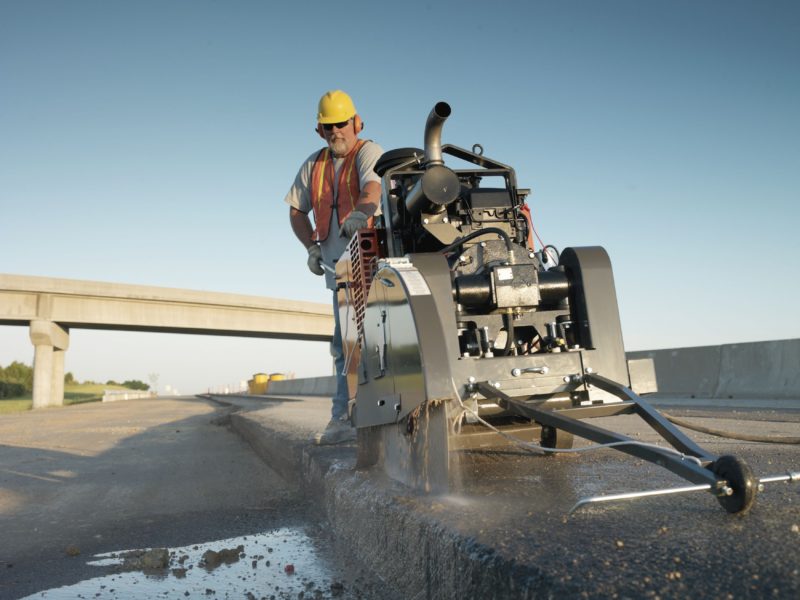
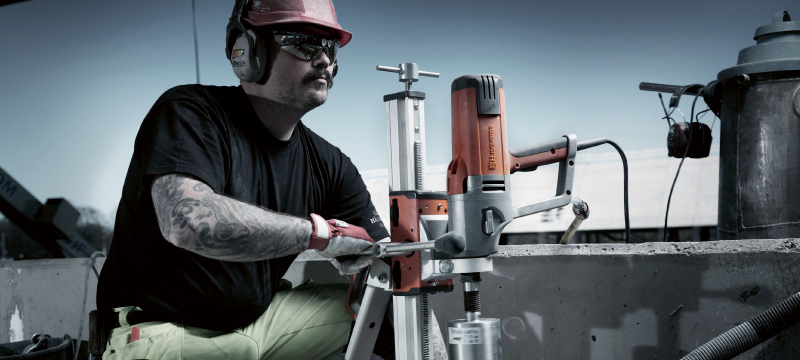

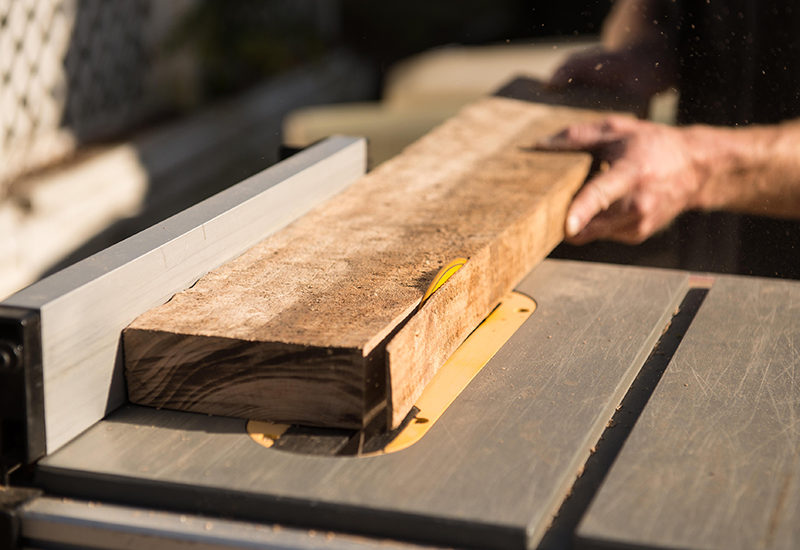
7 Comments
Afton Jackson
June 13, 2017 at 3:06 pmMy brother wants to have a basketball hoop installed at his home. He needs a section of concrete cut, so he’s looking for info on concrete saws. I never knew choosing a diamond blade that can cut a good total footage will work better. I’ll share this info with my brother.
Acme Tools
June 13, 2017 at 3:49 pmHi Afton,
Thank you for your comments. It is also important to choose a blade designed to cut the material that needs to be removed. Concrete and Asphalt are very different materials and require blades with different diamond bonds.
Thank you,
Acme Tools
Diamond Saw Blades
November 23, 2017 at 12:16 amVery helpful article! Diamond saw blades are typically the best choice when it comes to making clean, professional cuts in concrete. Blades are operate at a lower speed than recommended can diminish its cutting life and performance. Thanks a lot for sharing.
Patricia Williams
December 5, 2017 at 1:52 amI am cutting 12 by 12 tiles to install on a curved counter can I use a small grinder( what size) and which type of diamond blade??? Thank you
Acme Tools
December 5, 2017 at 9:12 amHello, Thank you for your question. You can use a grinder to cut tile. If you own a grinder you will be purchasing a diamond blade to fit that unit. If you are purchasing a grinder for this task just purchase a corresponding size diamond blade at the same time. A typical size is 4-1/2In. When purchasing the diamond blade we suggest one that has a continuous diamond rim and is rated for the type of tile you will be cutting. It is common to see the blades described as a porcelain tile blade or ceramic tile blade.
Thank you,
Acme Tools
Michael Fuchs
February 17, 2019 at 4:54 pmI am making a jig for my 4″ angle grinder to use it to sharpen carbide tipped circular saw blades. I have a cheap continuous edge blade I am using on it now to work out the bugs. What is the best blade to use to sharpen carbide.
Acme Tools
February 18, 2019 at 8:08 amHello, Thank you for your comment and question. When sharpening carbide the best type of grinding wheel to use is Silicon Carbide. You may be able to find them for your 4″ angle grinder but typically these types of wheels are designed for larger sharpening centers that are dedicated for this purpose. We suggest you find a wheel before making your jig.
Thank you,
Acme Tools